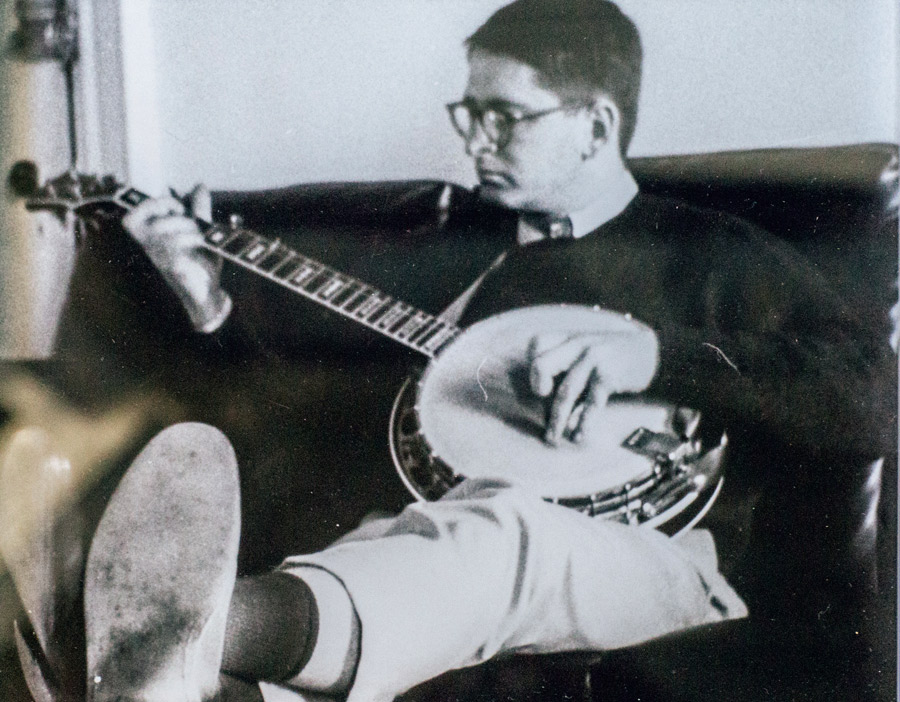
 In his San Francisco Bay-area home office, among his Kingston Trio, John Prine and Tim O’Brien albums, DENNIS GALE ’64 has a picture of his first banjo. It reminds him of his early days of playing the instrument at Bucknell. Gale kept strumming through his academic career, which included teaching public affairs and administration at Rutgers and urban planning at Stanford.
In his San Francisco Bay-area home office, among his Kingston Trio, John Prine and Tim O’Brien albums, DENNIS GALE ’64 has a picture of his first banjo. It reminds him of his early days of playing the instrument at Bucknell. Gale kept strumming through his academic career, which included teaching public affairs and administration at Rutgers and urban planning at Stanford.

 In his San Francisco Bay-area home office, among his Kingston Trio, John Prine and Tim O’Brien albums, DENNIS GALE ’64 has a picture of his first banjo. It reminds him of his early days of playing the instrument at Bucknell. Gale kept strumming through his academic career, which included teaching public affairs and administration at Rutgers and urban planning at Stanford.
In his San Francisco Bay-area home office, among his Kingston Trio, John Prine and Tim O’Brien albums, DENNIS GALE ’64 has a picture of his first banjo. It reminds him of his early days of playing the instrument at Bucknell. Gale kept strumming through his academic career, which included teaching public affairs and administration at Rutgers and urban planning at Stanford.She was backed up by the Greenbriar Boys on one of her albums, and when I heard the banjo on those tunes, I absolutely flipped. It was the coolest sound I had ever heard. Within a few months, I purchased a banjo over winter break in my hometown of Elmira, N.Y., and brought it back to Bucknell.
I started practicing and eventually could play a few tunes. I wasn’t the greatest banjo player around, but I had a lot of fun doing it. I went to a bluegrass festival near Lancaster, Pa., met a ruddy farmer named Red Evans from Muncy; he invited me to visit and play bluegrass music.
On Red’s expansive farm in the middle of nowhere I realized that Bucknell was part of a farming community where traditional music was central to the way of life. He gifted me a second banjo in the hopes that I might put it to good use. That had a real impact on me.
After I graduated from Bucknell, I moved to Boston, where there was a vibrant folk-music scene. I performed in coffeehouses with a six-person band playing ragtime, bluegrass and other styles of old-time traditional music.
When we moved to the Bay Area 11 years ago, I discovered another lively acoustic music community here. I play in jam sessions with other musicians, but nothing formal.
When the pandemic took hold, we transitioned to Zoom sessions every week — a work in progress, because there’s a lag time between the person who leads the song and the rest of the jammers.
– As told to Lisa Leighton